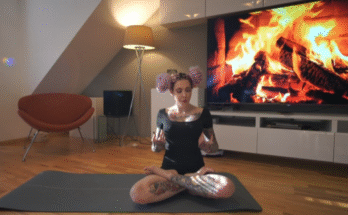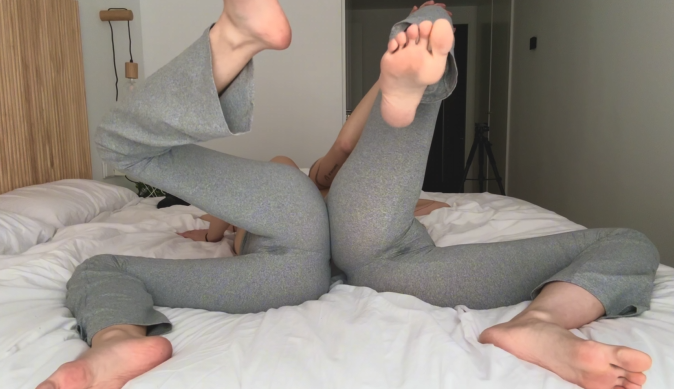
When we think of fitness and health, stretching is often overlooked. However, it’s one of the most effective, low-impact ways to maintain a strong and pain-free body. And when it comes to stretching, focusing on the back is essential. Our backs support nearly every movement we make, from walking and sitting to lifting and twisting. “Stretching from the back” isn’t just about touching your toes—it’s about healing, strengthening, and improving overall well-being.
The Importance of Back Flexibility
The back is a complex structure made up of muscles, bones, tendons, and ligaments that work together to support the spine and upper body. If any part of this system becomes tight or stiff, it can lead to discomfort, restricted movement, or even injury. People who spend long hours sitting at a desk, standing on their feet, or lifting heavy items are particularly at risk for back tension. Stretching the back helps:
- Improve posture
- Relieve lower back pain
- Increase spinal mobility
- Prevent injury
- Enhance athletic performance
Whether you’re an athlete, office worker, or stay-at-home parent, incorporating back stretches into your daily routine can make a world of difference.
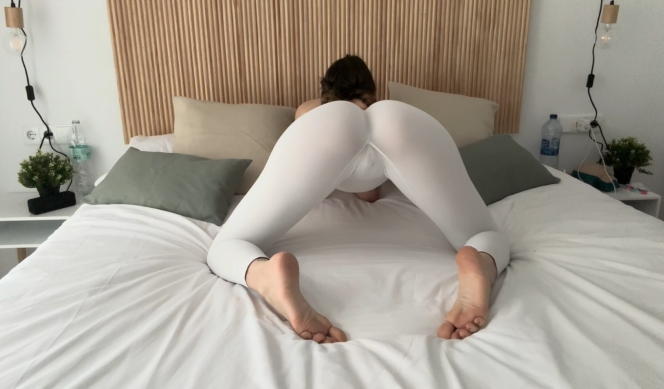
Types of Back Stretches
Back stretching can be divided into upper, middle, and lower back exercises. Each section plays a vital role in supporting posture and movement.
1. Upper Back Stretch: Cat-Cow Pose
This yoga-inspired stretch targets the upper spine, shoulders, and neck. Get on your hands and knees in a tabletop position. Inhale, arch your back, and lift your head and tailbone (cow pose). Exhale, round your spine toward the ceiling and tuck your chin to your chest (cat pose). Repeat this flow for 10–15 breaths.
Benefits: Releases tension in the upper spine and promotes fluid movement of the vertebrae.
2. Middle Back Stretch: Thread-the-Needle
Start in the same tabletop position. Slide your right arm under your left arm with your palm facing up, lowering your shoulder and cheek to the ground. Hold for 30 seconds and repeat on the other side.
Benefits: Stretches the mid-back and shoulders, improving thoracic spine rotation and flexibility.
3. Lower Back Stretch: Child’s Pose
Kneel on the floor with your big toes touching and knees apart. Sit back onto your heels and stretch your arms forward, lowering your forehead to the mat. Breathe deeply and hold for at least one minute.
Benefits: A deeply relaxing pose that lengthens and stretches the lower back, hips, and thighs.
4. Seated Spinal Twist
Sit on the floor with your legs extended. Cross your right leg over your left, placing your right foot flat on the floor. Twist your torso to the right, placing your right hand behind you for support and your left elbow on the outside of your right knee. Hold for 30 seconds, then switch sides.
Benefits: Increases spinal flexibility and stretches the lower and middle back.
5. Standing Forward Fold
Stand with your feet hip-width apart. Slowly bend forward from the hips, letting your head and arms hang. Keep a slight bend in your knees if needed. Let gravity do the work.
Benefits: A great stretch for the entire back, especially the lower section. Helps release tension built up from prolonged standing or sitting.

The Connection Between the Back and Other Muscle Groups
Many back stretches also involve the hamstrings, hips, glutes, and shoulders. That’s because the body is interconnected—tightness in one area often causes pain in another. For example, tight hamstrings can pull on the pelvis and contribute to lower back pain. Therefore, holistic stretching routines that include the surrounding muscle groups are essential.
For example:
- Glute stretches help relieve sciatic nerve pain.
- Hamstring stretches reduce pressure on the lumbar spine.
- Shoulder and chest stretches correct rounded posture caused by slouching.
By stretching from the back outward to nearby muscle groups, you’re not just improving one area—you’re balancing the whole body.
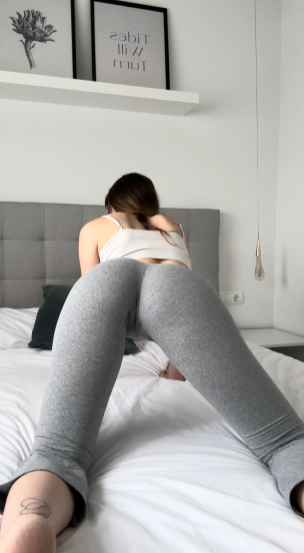
Stretching for Pain Relief
Back pain is one of the most common complaints among adults. Whether it’s due to poor posture, lack of movement, injury, or stress, stretching can be a powerful tool for pain management.
Here are some tips:
- Go slowly: Never force a stretch. Move gently and gradually deepen as the muscles release.
- Use breathing: Deep breathing helps muscles relax. Inhale into the tension, exhale to soften.
- Be consistent: Doing a short routine every day is more effective than long stretches once a week.
- Combine with heat: A warm shower or heating pad before stretching can loosen up tight muscles.
Stretching also increases blood flow, delivering oxygen and nutrients to your muscles, which aids in healing and recovery.
Building a Stretching Routine
Creating a simple daily stretching routine from the back is easy and doesn’t require equipment. Here’s a sample 10-minute flow:
- Cat-Cow Pose – 1 minute
- Child’s Pose – 1 minute
- Thread-the-Needle – 1 minute (30 seconds each side)
- Seated Spinal Twist – 1 minute (30 seconds each side)
- Forward Fold – 1 minute
- Knees-to-Chest Pose (on back) – 1 minute
- Figure-Four Stretch (glutes) – 1 minute
- Supine Spinal Twist – 2 minutes (1 minute per side)
This quick routine can be done in the morning to wake up the body, after a workout to prevent soreness, or before bed to unwind.
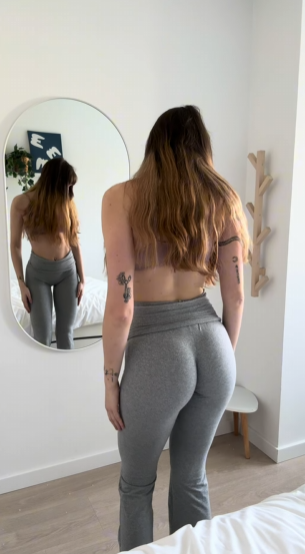
Stretching and Stress Relief
Stretching from the back isn’t just physical—it’s also emotional. Tension is often stored in the back and shoulders, especially when we’re stressed. Stretching allows us to release that built-up stress, breathe deeper, and feel more grounded. Many people report feeling lighter, calmer, and more relaxed after just a few minutes of gentle stretching.
Combining stretching with mindfulness or soft music can create a meditative moment in your day—a time to reconnect with your body and care for it lovingly.
Final Thoughts: Make Back Stretching a Lifelong Habit
“Stretching from the back” is about more than just flexibility. It’s a gateway to better posture, less pain, increased strength, improved mental clarity, and an overall better quality of life. You don’t need to be a yogi or an athlete to benefit. Anyone—at any age or fitness level—can improve their health by stretching regularly.
So take a few minutes each day. Tune in to your body. Move with care. Breathe deeply. Let the tension melt away as you stretch from the back and feel your body say, thank you.


